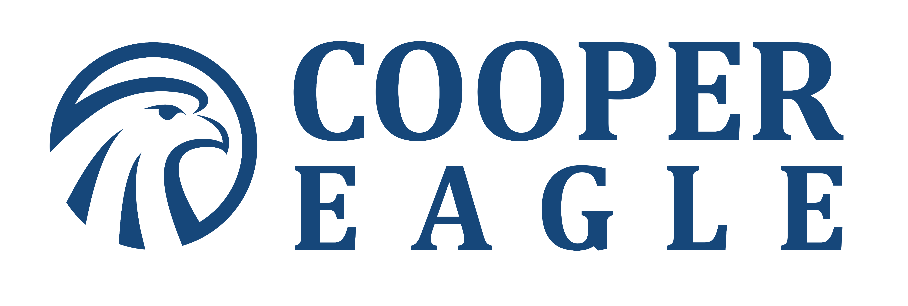5 Things to Know About Vesting Schedules in 401(k) Plans
Navigating your 401(k) plan can sometimes feel like deciphering a complex puzzle, especially when it comes to understanding vesting schedules. At Cooper Eagle LLC, we believe in simplifying these complexities so you can make the most of your retirement benefits. Here are five key things you should know about vesting schedules in 401(k) plans.
1. Understand Vesting: What Is It?
Vesting refers to the process by which employees gain full ownership of employer-contributed retirement funds over time. While you always have 100% access to the money you personally contribute to your 401(k), the funds your employer contributes are subject to a vesting schedule. This schedule dictates when you can take full ownership of these funds, which can significantly impact your retirement savings.
2. Types of Vesting Schedules
There are two primary types of vesting schedules to be aware of:
- Cliff Vesting Schedule: Under this schedule, employees receive 100% ownership of their employer's contributions after completing a specific number of years at the company. For example, if your plan has a three-year cliff vesting schedule, you must remain employed for three years to be fully vested.
- Graded Vesting Schedule: This schedule allows employees to gain ownership of a percentage of employer contributions each year. Typically, the vesting increases incrementally until reaching 100% ownership after a set period, often six years. For instance, you might vest 20% of your employer contributions each year until you are fully vested.
3. Why Vesting Matters
Knowing your vesting schedule is crucial because it can help you avoid leaving money on the table if you decide to leave your job. If you leave before you are fully vested, you may forfeit some or all of the employer-contributed funds. Understanding your vesting timeline can inform your decisions about changing jobs or negotiating your employment terms.
4. How Vesting Benefits Employers
Employers use vesting schedules to encourage long-term employment and retain top talent. By offering retirement benefits that vest over time, companies create an incentive for employees to stay longer, fostering loyalty and reducing turnover. This strategy helps companies maintain a stable, experienced workforce.
5. Maximizing Your 401(k) Benefits
To make the most of your 401(k), it's essential to fully understand your plan's vesting schedule and how it affects your retirement savings. Stay informed about your benefits and consider consulting with a financial advisor to optimize your retirement strategy.
Vesting schedules can seem daunting, but they are designed to benefit both you and your employer. By understanding and leveraging these schedules, you can make more informed decisions about your career and retirement savings.
Schedule a consultation with Cooper Eagle LLC today to ensure you’re maximizing your 401(k) benefits and planning for a secure financial future.







